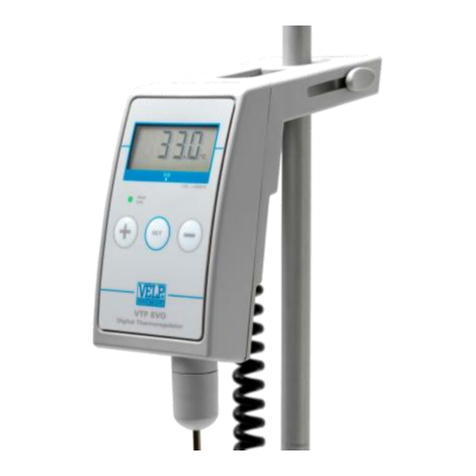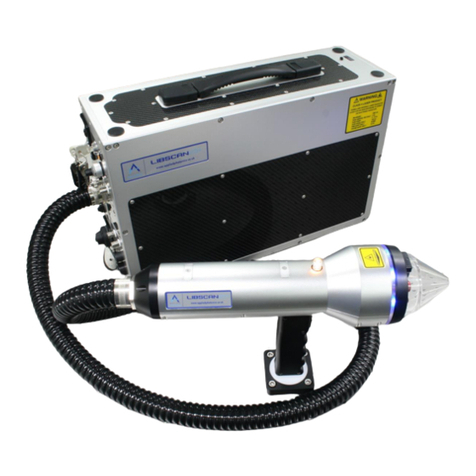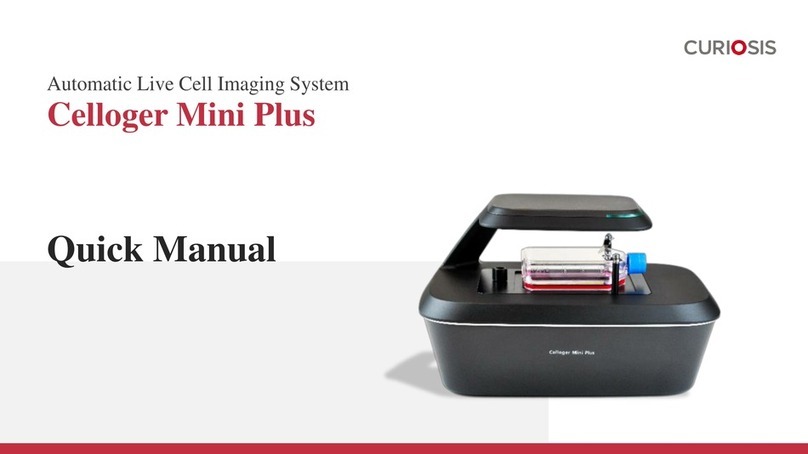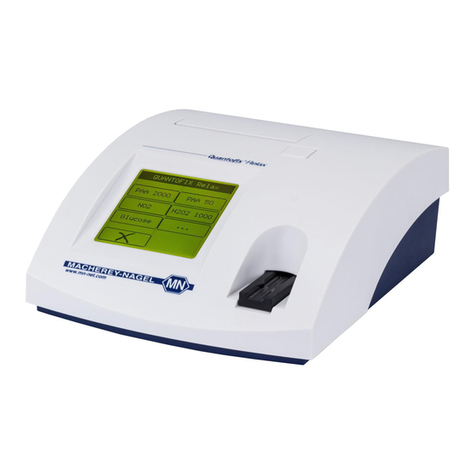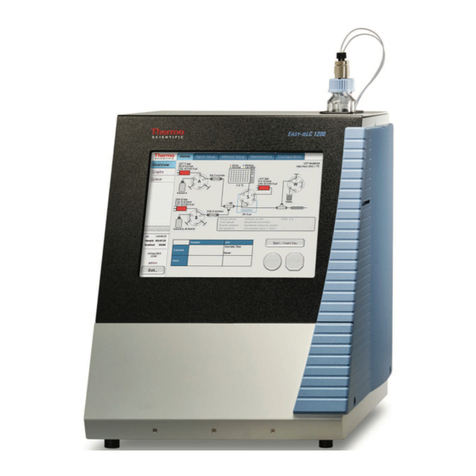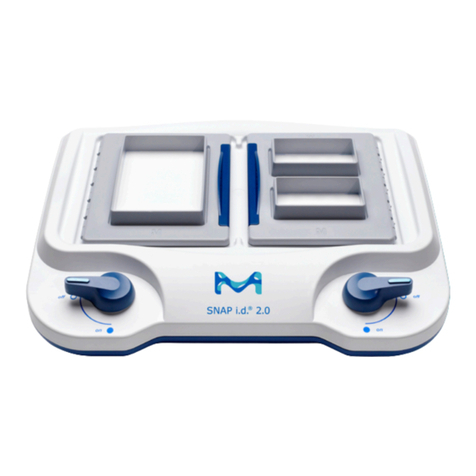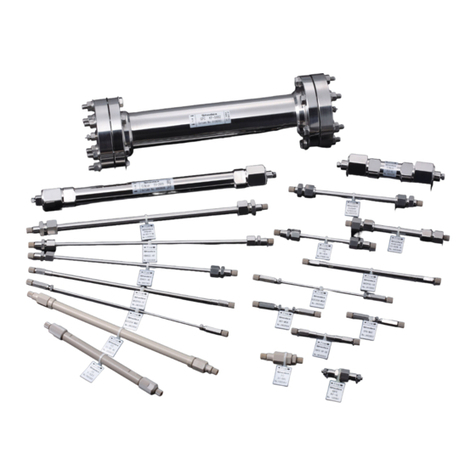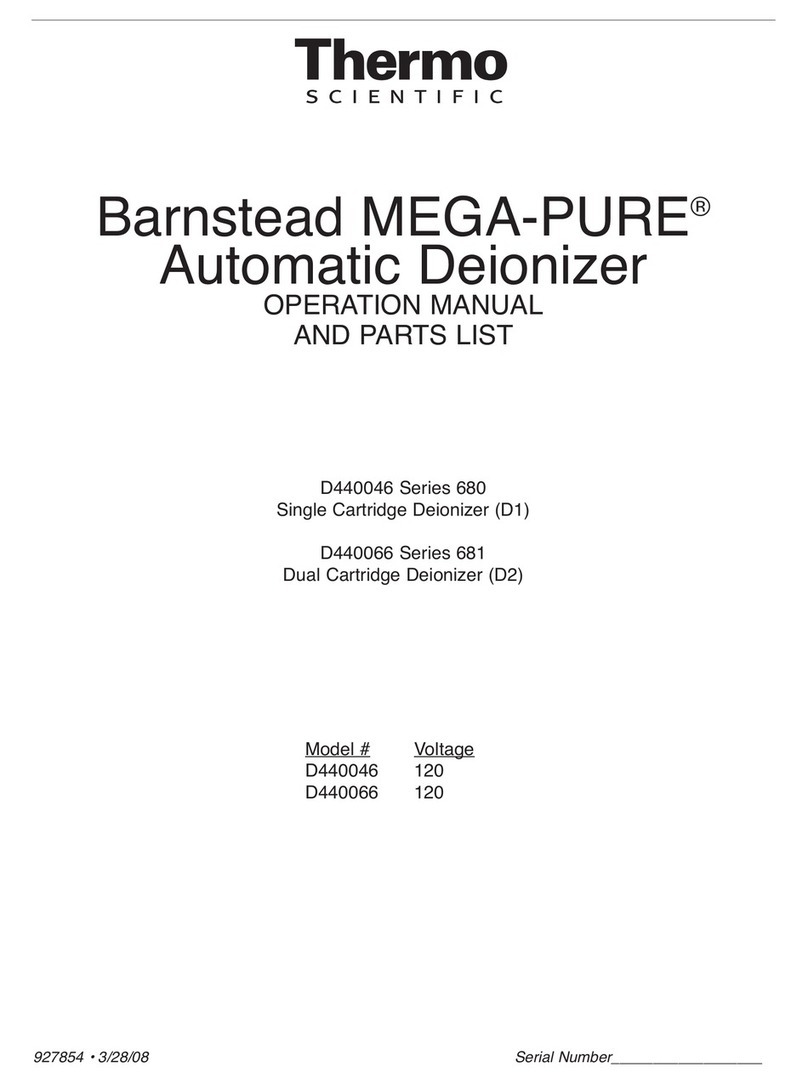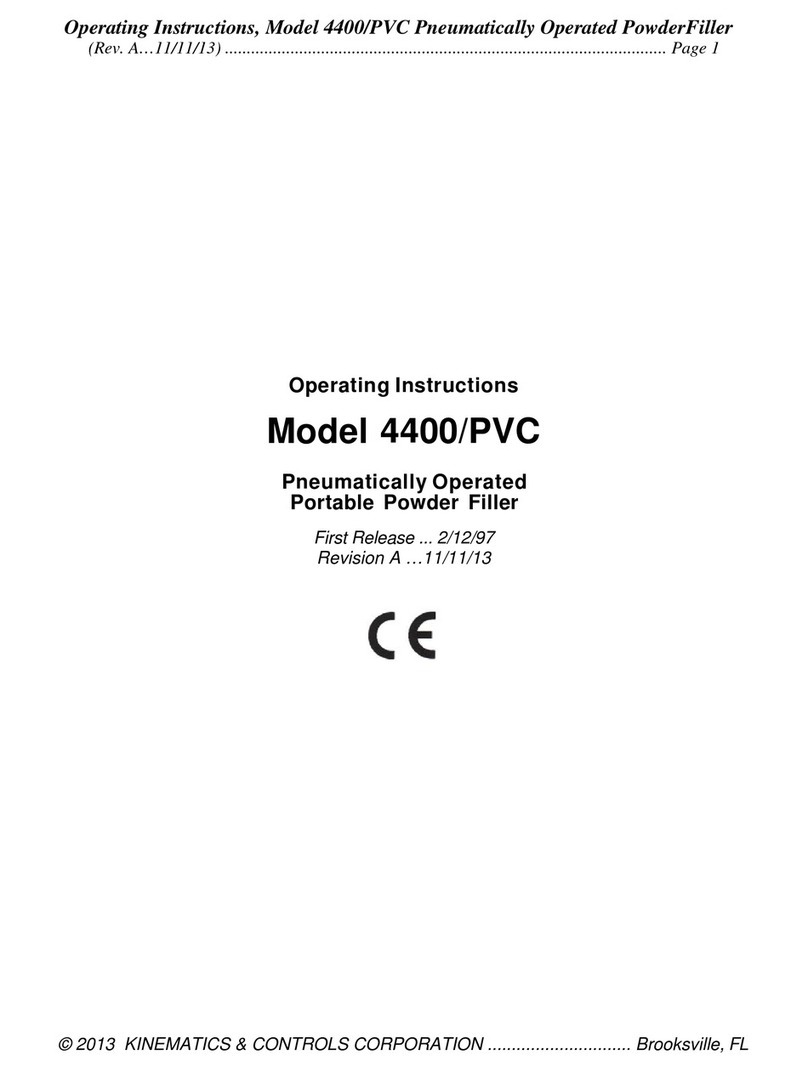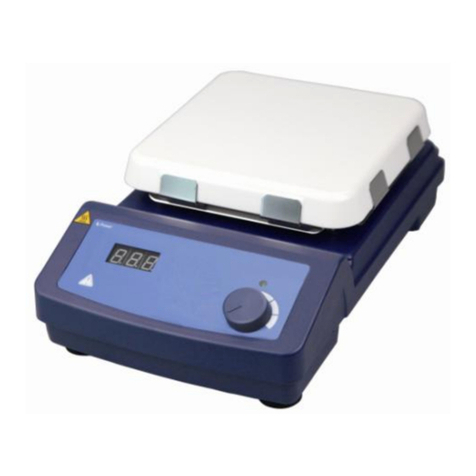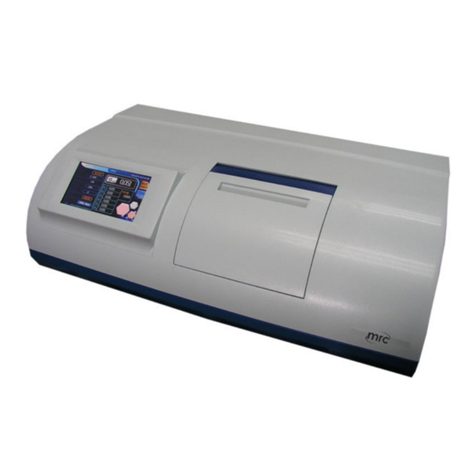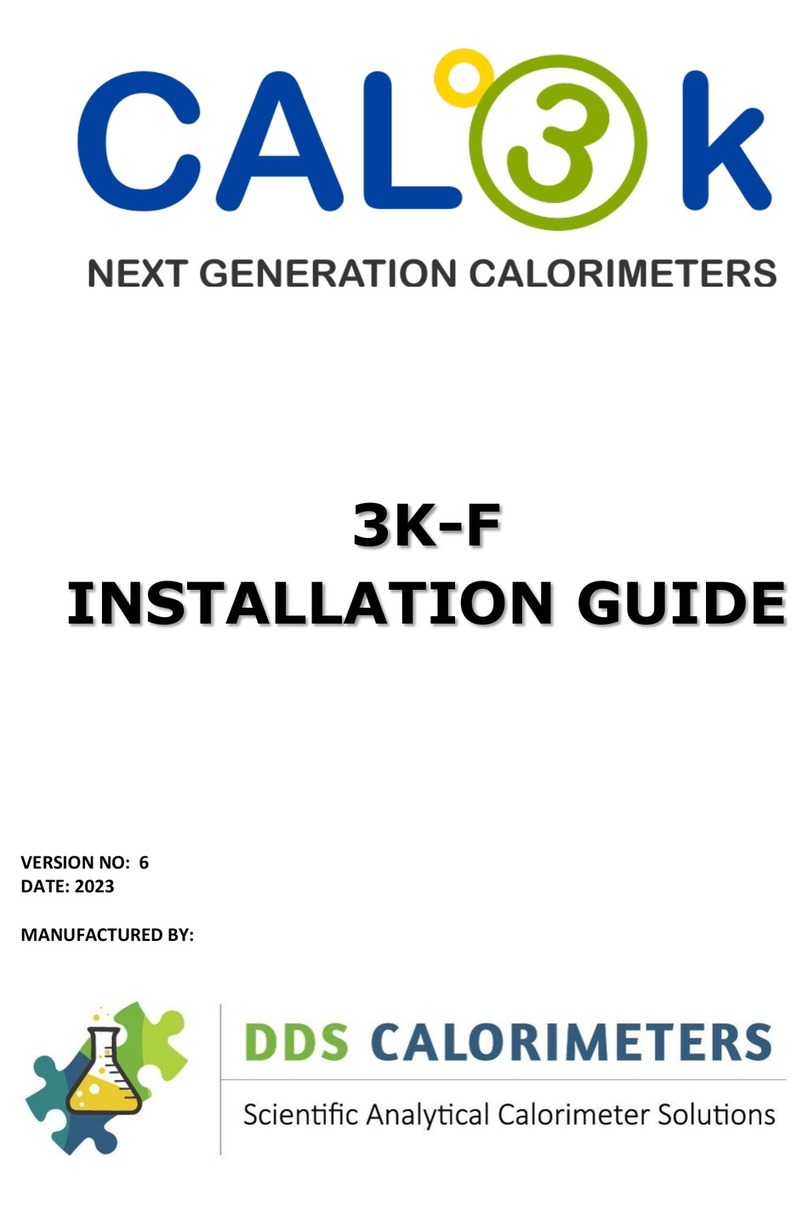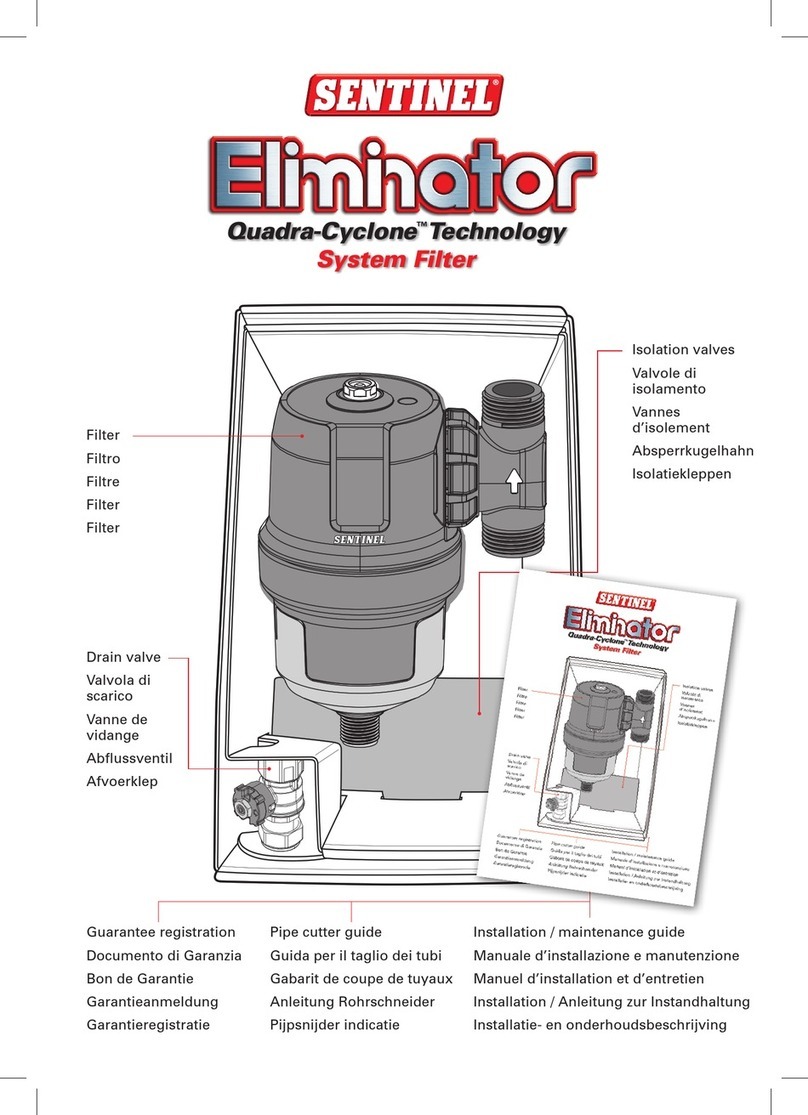SA-77 Liquid Sampler: Drawings and Parts List
Ph: 1-800-667-7993
SWI-015 SA-77 Manual-2.docPage 15 of 24 Rev: 0.
Water-Cut (BS&W) Procedure
Obtaining accurate water-cut (BS&W) percentage during well
proration testing is an important aspect of oil well
measurement and accounting because it directly affects the
oil volume determination. However, it is one that is frequently
overlooked. In some cases, well test liquids are easily
separated using standard procedures, such as adding a
small amount of demulsifier and spinning the sample in a
centrifuge, as discussed later in this section. Other situations
(such as very high water cuts or tight emulsions) require
additional effort to achieve accurate results. Due to varying
BS&W ranges, water-cut procedures have been divided into
three categories, which are described on the following pages.
Note that these procedures are not considered enforceable
EUB (ERCB) regulations but are recommended for well test
applications in their own Audit Handbook Directive 46.
For further reference, BS&W determination is discussed in
more detail in the API MPMS, Chapter 10, Section 4:
Determination of Sediment and Water in Crude Oil by the
Centrifuge Method (Field Procedure).
See the following pages for each of the three
procedures:
• For 0% to 10% BS&W
• For 10% to 80% BS&W
• For 80% to 100% BS&W
SA-77 Liquid Sampler: Drawings and Parts List
Ph: 1-800-667-7993
SWI-015 SA-77 Manual-2.docPage 16 of 24 Rev: 0.
Water-Cut (BS&W) Procedures (cont.)
For 0% to 10% BS&W
1. Obtain a representative sample of liquid (minimum 500 ml). Sample
should be taken as close to the test meter as possible.
2. Shake the sample inside the container vigorously to ensure a good
mix prior to pouring into centrifuge tubes.
3. Fill each of two centrifuge tubes with the sample; to the 50 ml mark in
100 ml tubes or to the 100 ml mark in 200 ml tubes (read the top of the
meniscus)
4. Add solvent (toluene, varsol, etc.) to bring the level in the tubes to 100
ml or 200 ml respectively (solvent should be water saturated at 60°C).
5. Add demulsifier as required. Stopper the tubes and shake vigorously
to ensure a good mix. Heat the samples to 60°C or treater operating
temperature before spinning.
6. Place the sample tubes in the centrifuge on opposite sides to create a
balanced condition. Spin for at least 5 minutes.
7. Compare the results from each tube. If the two results are not the
same, return the tubes to the centrifuge and spin again for at least 5
minutes (do not shake the tubes at this stage). Repeat this operation, and
if the samples still do not match after two more spins, discard this sample
and take another one.
8. Read & record the volume of water and sediment in the bottom of
each tube.
a. For 100 ml tubes, read to the nearest 0.05 ml from the 0 to 1 ml
graduations and to the nearest 0.1 ml above the 1 ml graduation mark.
b. For 200 ml tubes, read to the nearest 0.05 ml from the 0 to 3 ml
graduations, to the nearest 0.25 ml between the 3 and 5 ml graduations,
and to the nearest 0.5 ml above the 5 ml graduation mark.
9. For 100 ml tubes, water cut is determined by adding the results of both
tubes together.!
!
10. When using 200 ml tubes, water cut is determined by reading the
results directly from one tube.!
See example on next page





















